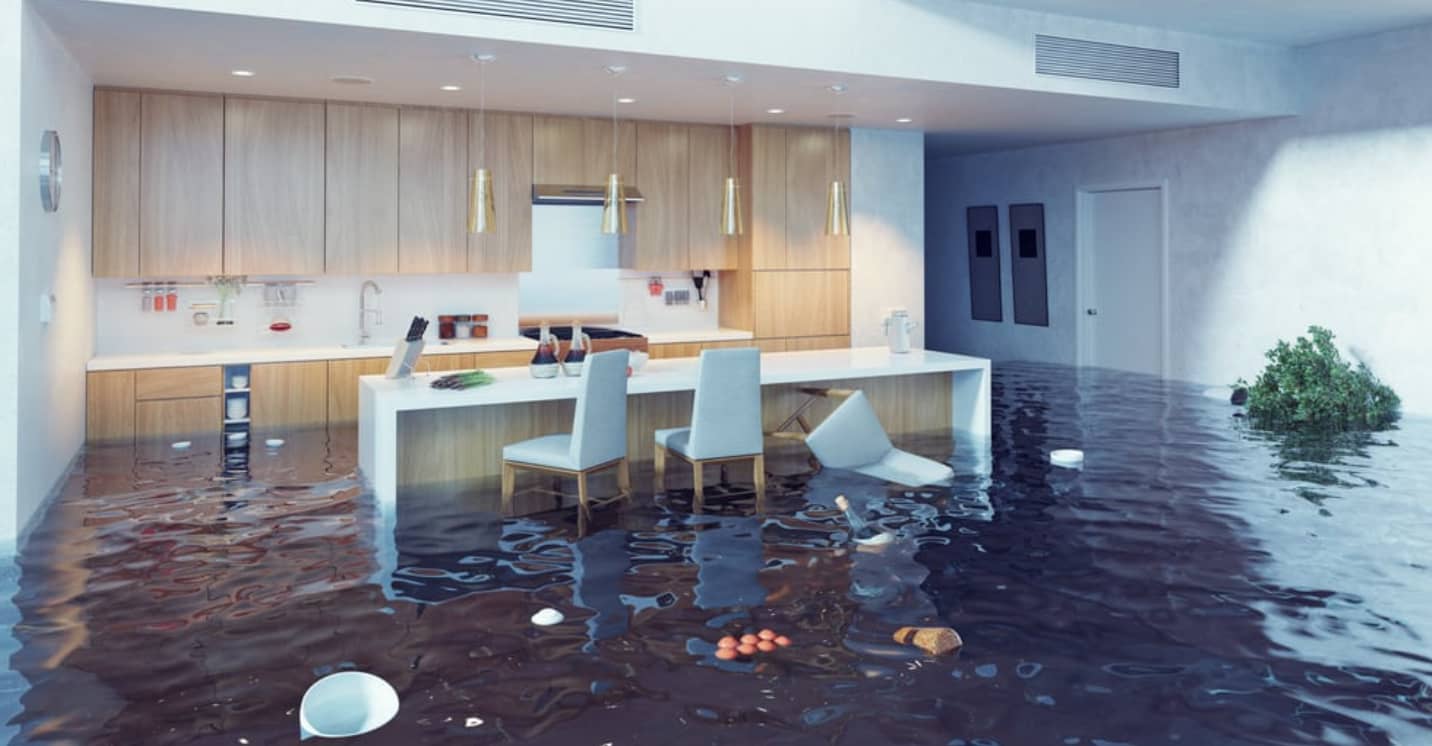There is plenty of damage that can be done to a home by even minor floods. People often underestimate the necessity of preparing their homes to resist flooding until it is too late. However, you can arm yourself with the information needed to secure your home from one of mother nature’s most sudden and dangerous actions. When you have the proper protection, you can count on avoiding rotting wood, ruined carpets, hardwood floors, or dangerous mold.
From the Ground Up
Elevating the home is one of the most effective ways to provide it with protection from flooding. When you elevate a house, it is recommended that you alter the base of the home as well for further protection. Fills or open foundations are ideal ways to keep your home steady while still allowing floodwaters to pass beneath them. For most homes, crawl-space construction presents the most viable option, utilizing piers to get the job done. Should this method not be available to you, explore the options that exist with pile construction. Where insurance for flood damage is concerned, this is the only option for protection that will actually lower your premiums.
Prepare From Every Angle
You can guard your home against flood waters by putting barriers around the structure. The earth itself, or masonry and steel walls can be very effective when it comes to redirecting floodwaters away from the home. This technique is most effective in shallow flooding plains. Small levees are easy to construct and can typically be made from local materials at a small cost. This approach can also protect more than one building. In urban areas, floodwalls can be constructed that take up less room when property space is limited.
Sealed to Satisfaction
Ensuring that your home or building is watertight goes a long way in offering protection. Known as dry proofing, this technique takes advantage of many different sealing techniques. Walls should be coated using specially designed compounds. Additionally, when floods are about to strike, vents and other exterior opening should be temporarily closed off and blocked by sandbags. However, according to Orlando water removal specialists, this technique should only be used for buildings that employ sound, slab foundations that are completely free of cracks and other types of damage.
Reduce Potential Damages
The home can also be protected against the need for water removal by engaging in what is know as wet-flood proofing. This technique is used to limit the damage done by flooding once the ground becomes saturated. Basements and below-ground areas can crack and buckle under underwater pressure. This method actually allows the water into underground areas to reduce the pressure while also replacing wood construction with materials such as masonry work that will not be damaged by the water.


